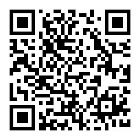ISO 10303-207-1999 工業(yè)自動化系統(tǒng)和集成 產(chǎn)品數(shù)據(jù)表示和交換 第207部分:應(yīng)用協(xié)議 鈑金模具規(guī)劃和設(shè)計(jì)
作者:百檢網(wǎng) 時間:2021-08-05
中文標(biāo)準(zhǔn)名稱:工業(yè)自動化系統(tǒng)和集成 產(chǎn)品數(shù)據(jù)表示和交換 第207部分:應(yīng)用協(xié)議 鈑金模具規(guī)劃和設(shè)計(jì)
英文標(biāo)準(zhǔn)名稱:Industrial automation systems and integration - Product data representation and exchange - Part 207: Application protocol: Sheet metal die planning and design
標(biāo)準(zhǔn)類型:L56
發(fā)布日期:1999/12/31 12:00:00
實(shí)施日期:1999/12/31 12:00:00
中國標(biāo)準(zhǔn)分類號:L56
適用范圍:This part of ISO 10303 specifies the use of the integrated resources necessary for the scope and information requirements for the exchange of information between contractors and suppliers to enable the eventual manufacture of sheet metal dies used in the production process of sheet metal parts. NOTE 1 - The application activity model, in annex G, provides a graphical representation of the processes and information flows that are the basis for the definition of the scope of this part of ISO 10303. The following are within the scope of this part of ISO 10303: —Types of products supported: NOTE 2 - This list describes the types of products for which data are in scope. The list following this one describes types of product data which are in scope. a) Sheet metal part design data; EXAMPLE 1 - Sheet metal part designs may be for sheet metal parts intended for the exterior of a product, those intended for the interior of a product, those intended to be in view or not in view on the final product, or those intended to support loads or maintain structure of a product. Sheet metal part designs may also be for sheet metal parts that are products in themselves. b) Sheet metal die design data, including die face design and die structure design, for an individual die against which sheet metal is formed by processes that do not involve a mating die; c) Sheet metal die set design data, including die face design and die structure design, for die sets used in a stamping press machine to manufacture sheet metal parts; d) Sheet metal part manufacture description data. —Types of product data supported: a) Design data for materials, sheet metal in-process parts, sheet metal parts, die components, individual dies, and die sets; b) Process data for sheet metal part manufacture; c) Change and schedule data for design of product definition data and manufacture description data; d) Data ownership, generating system information, and exchange history surrounding product definition data and manufacture description data; e) The identification of externally designed parts and purchased items; f) Design constraints on dies; g) Wireframe, surface, and solid geometry; h) Data describing the relative position of materials and in-process sheet metal parts to the die or dies that will further form them; i) Composition of materials, sheet metal parts, and die components; j) Properties associated with materials or with collections of geometric representations, such as hardness, porosity, method of manufacture, and function. —Stages in the product life cycle supported are data at any stage of completion that describe: a) Materials; b) Sheet metal in-process parts and sheet metal parts; c) Die components, individual dies, and die sets; d) Sheet metal part manufacture description data; e) Change and schedule data for design of product definition data and manufacture description data. —The supported exchange scenarios from contractor to supplier are as follows: a) requirements to enable the supplier to create a sheet metal part processing plan for the contractor, such as the sheet metal part design, available presses and plants, and plant and press constraints; b) requirements to enable the supplier to create a die design for the contractor, such as the sheet metal part design and the sheet metal part processing plan. This design may be for the die face, or for the die structure, or for both; NOTE 3 - Requests for changes by contractors are considered to be the exchange of additional requirements. c) exchanges wherein the contractor and supplier are divisions of the same company; d) exchanges wherein the contractor and supplier are different companies. —The supported exchange scenarios from supplier to contractor are as follows: a) a part process plan or any portion thereof; b) a complete die design or any portion thereof; c) a die face design or any portion thereof; d) a die structure design or any portion thereof; e) a change request; f) exchanges wherein
相關(guān)標(biāo)準(zhǔn)
《GB 4943.1-2011》信息技術(shù)設(shè)備 安全 第1部分:通用要求 GB 4943.1-2011 7
《GB 4943.1-2011》信息技術(shù)設(shè)備 安全 第1部分:通用要求 GB 4943.1-2011 6
《GB 4943.1-2011》信息技術(shù)設(shè)備 安全 第1部分:通用要求 GB 4943.1-2011 2.8
《GB 4943.1-2011》信息技術(shù)設(shè)備 安全 第1部分:通用要求 GB 4943.1-2011 3.1
《GB 4943.1-2011》信息技術(shù)設(shè)備 安全 第1部分:通用要求 GB 4943.1-2011 4.2
《GB 4943.1-2011》信息技術(shù)設(shè)備 安全 第1部分:通用要求 GB 4943.1-2011 2.1
《GB 4943.1-2011》信息技術(shù)設(shè)備 安全 第1部分:通用要求 GB 4943.1-2011 4.3
《GB 4943.1-2011》信息技術(shù)設(shè)備 安全 第1部分:通用要求 GB 4943.1-2011 4.7
《GB 4943.1-2011》信息技術(shù)設(shè)備 安全 第1部分:通用要求 GB 4943.1-2011 4.7
百檢能給您帶來哪些改變?
1、檢測行業(yè)全覆蓋,滿足不同的檢測;
2、實(shí)驗(yàn)室全覆蓋,就近分配本地化檢測;
3、工程師一對一服務(wù),讓檢測更精準(zhǔn);
4、免費(fèi)初檢,初檢不收取檢測費(fèi)用;
5、自助下單 快遞免費(fèi)上門取樣;
6、周期短,費(fèi)用低,服務(wù)周到;
7、擁有CMA、CNAS、CAL等權(quán)威資質(zhì);
8、檢測報(bào)告權(quán)威有效、中國通用;
客戶案例展示
相關(guān)商品
相關(guān)資訊

最新資訊
版權(quán)與免責(zé)聲明
①本網(wǎng)注名來源于“互聯(lián)網(wǎng)”的所有作品,版權(quán)歸原作者或者來源機(jī)構(gòu)所有,如果有涉及作品內(nèi)容、版權(quán)等問題,請?jiān)谧髌钒l(fā)表之日起一個月內(nèi)與本網(wǎng)聯(lián)系,聯(lián)系郵箱service@baijiantest.com,否則視為默認(rèn)百檢網(wǎng)有權(quán)進(jìn)行轉(zhuǎn)載。
②本網(wǎng)注名來源于“百檢網(wǎng)”的所有作品,版權(quán)歸百檢網(wǎng)所有,未經(jīng)本網(wǎng)授權(quán)不得轉(zhuǎn)載、摘編或利用其它方式使用。想要轉(zhuǎn)載本網(wǎng)作品,請聯(lián)系:service@baijiantest.com。已獲本網(wǎng)授權(quán)的作品,應(yīng)在授權(quán)范圍內(nèi)使用,并注明"來源:百檢網(wǎng)"。違者本網(wǎng)將追究相關(guān)法律責(zé)任。
③本網(wǎng)所載作品僅代表作者獨(dú)立觀點(diǎn),不代表百檢立場,用戶需作出獨(dú)立判斷,如有異議或投訴,請聯(lián)系service@baijiantest.com








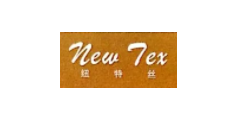
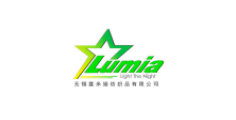
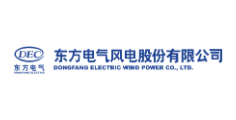


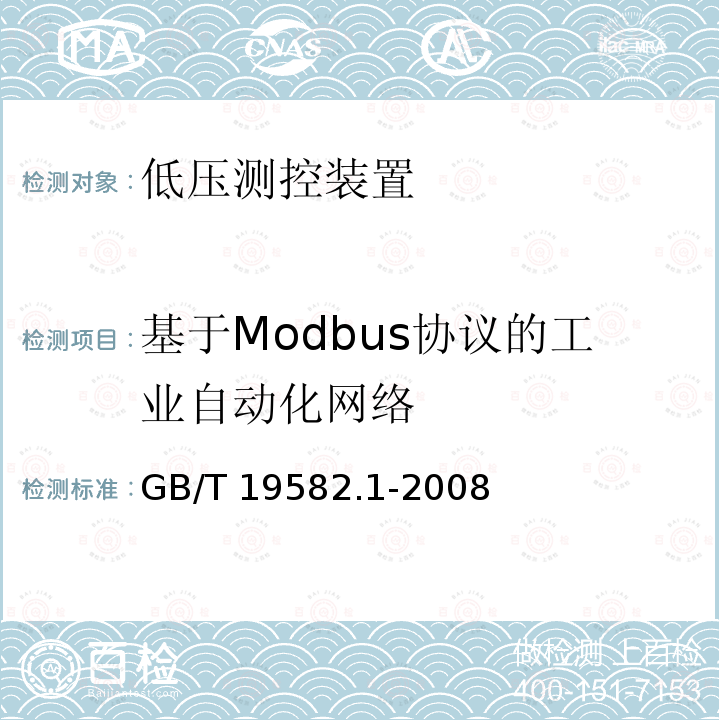
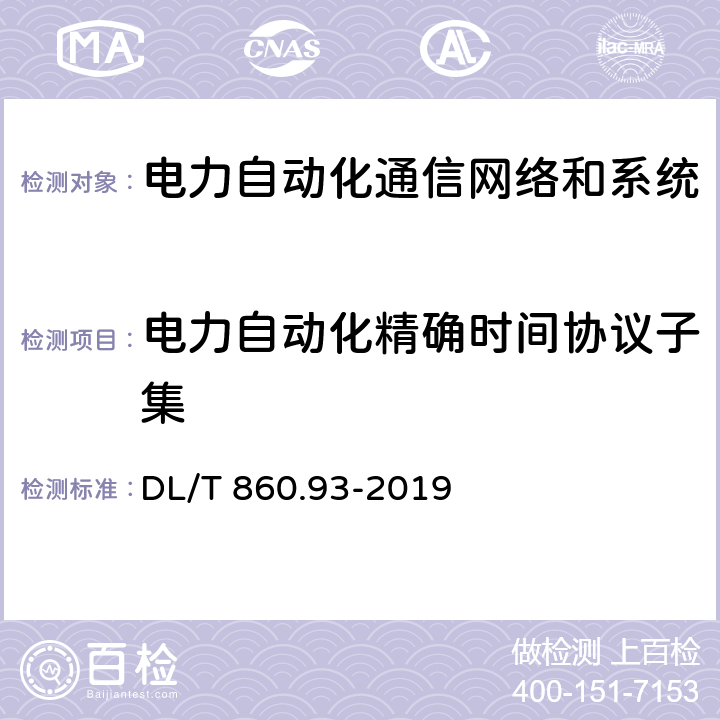



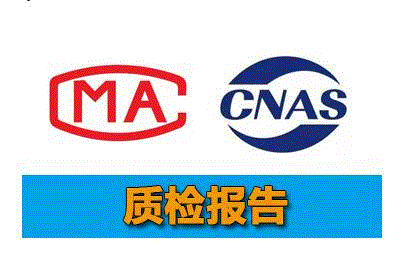
.png)
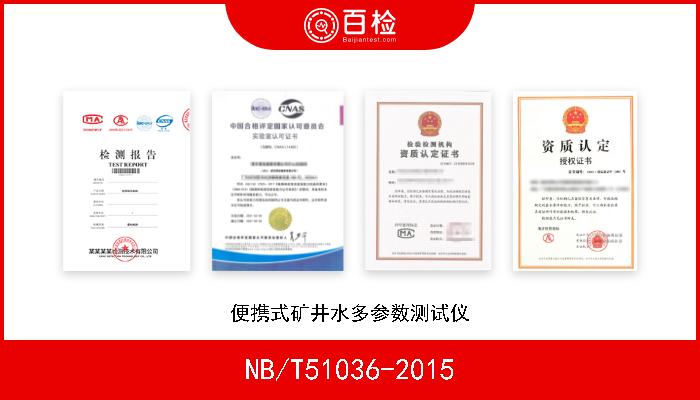
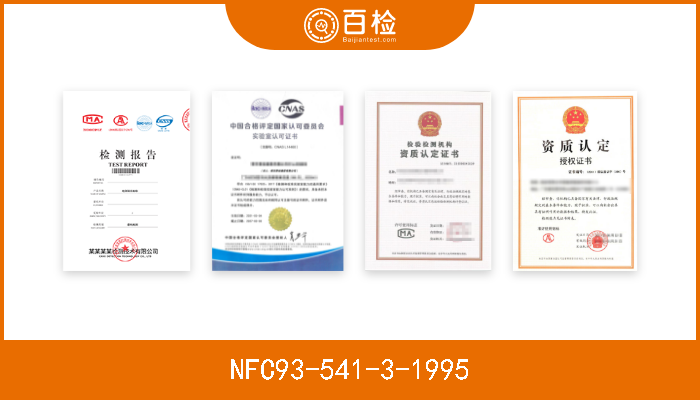
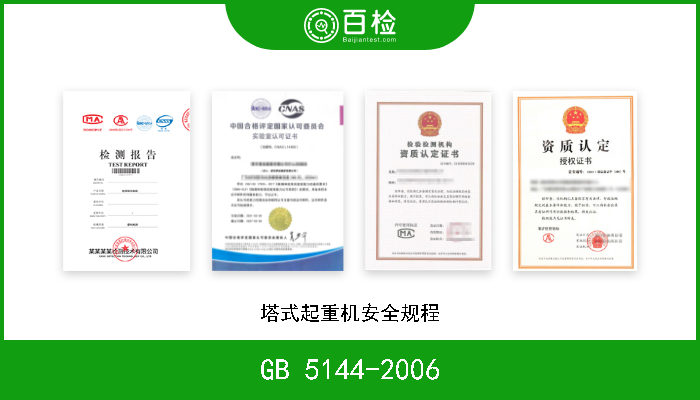

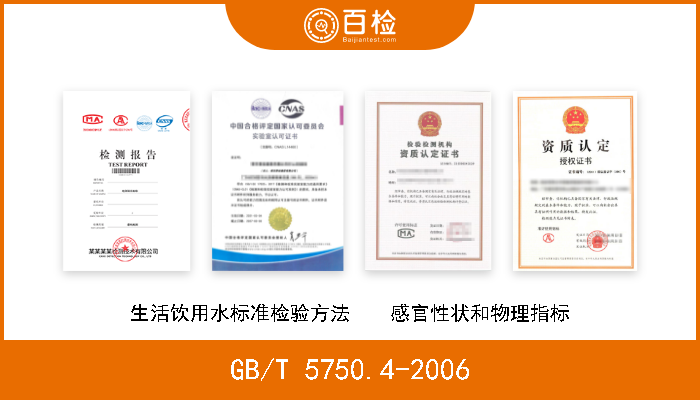
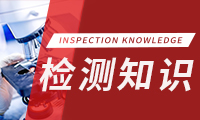



 400-101-7153
400-101-7153 15201733840
15201733840